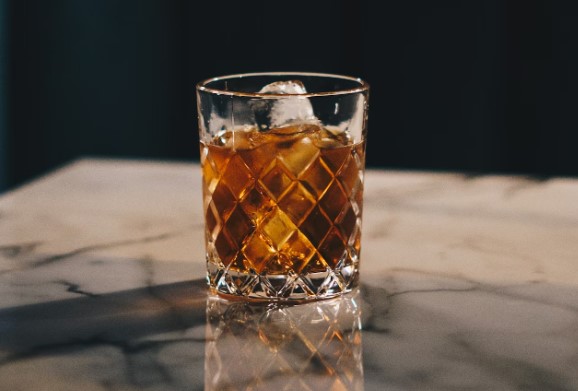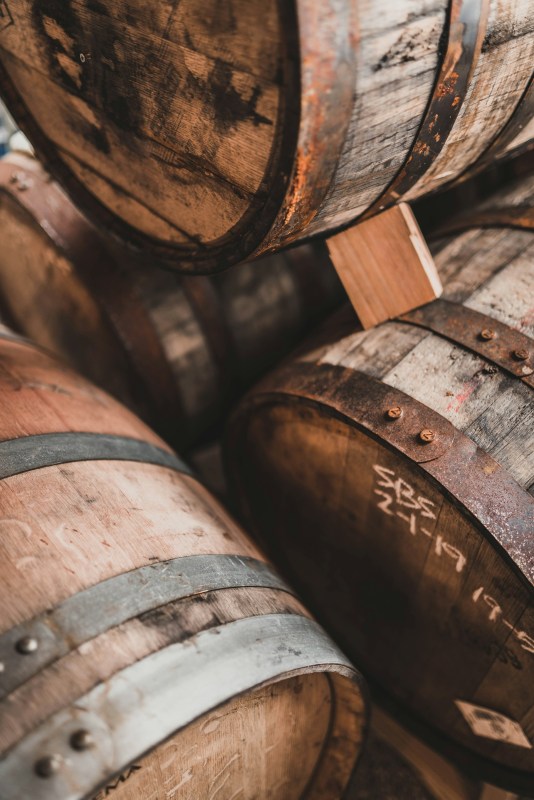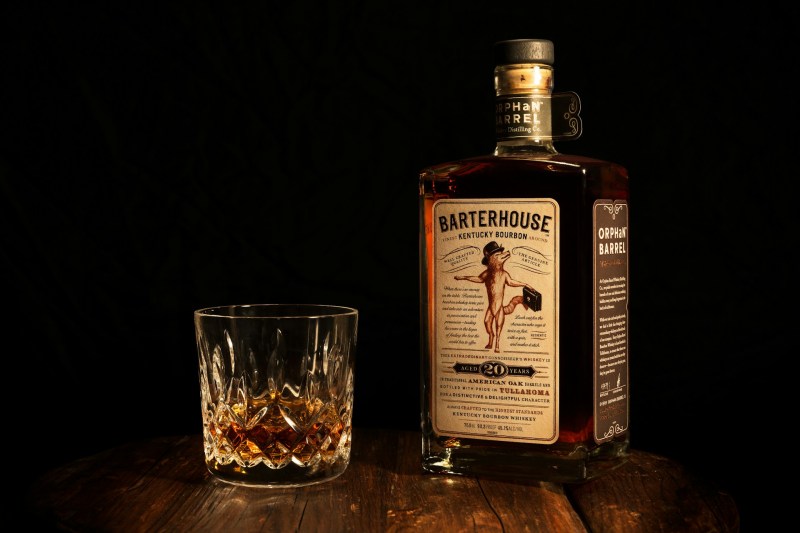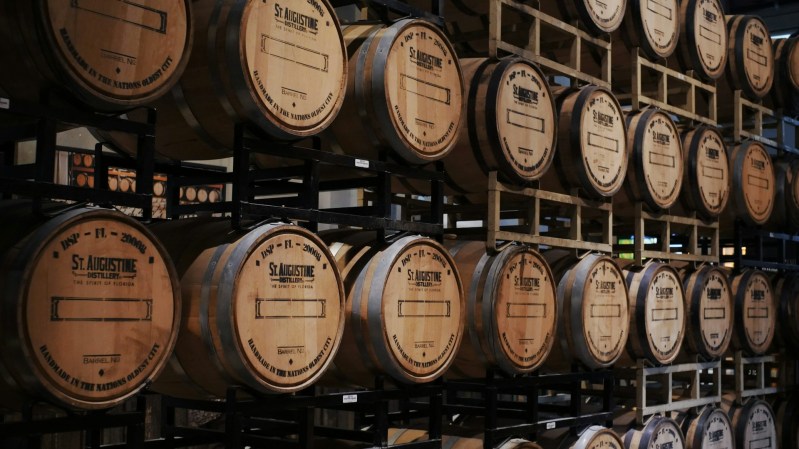
We all know the general bourbon rules and regulations. To be called a bourbon, it must be made with a mash bill of at least 51% corn, aged in new charred oak barrels, made in the US (not just Kentucky), distilled to a maximum of 160-proof, barreled, at a maximum of 125-proof, and bottled at a minimum of 80-proof and a maximum of 150-proof. But none of these rules explain how long a bourbon must be aged.
Technically, there are no rules about how long a bourbon must be aged. However, the whiskey must mature for at least two years to be called a straight bourbon. On top of that, bottled-in-bond bourbon spent at least four years aging in a federally bonded warehouse.
This brings us to one big question: how long is too short, and more importantly, how long is too much when it comes to maturation? Yes, bourbon can be aged too long.

How to pick the best-aged bourbon
There’s a sweet spot when it comes to bourbon, and it’s likely not as old as you think. You can find decent, fairly nuanced in the 2-4 year range. They’ll likely be inexpensive and have some notes of vanilla, sweet corn, oak, and other flavors. They won’t be as advanced and rich as a longer-aged whiskey, though. The sweet spot is between 8 and 12 years (fifteen maximum). Any less and bourbon hasn’t had long enough to mingle with the charred wood to create a complex palate.
Any more time and the wood can influence the flavor in negative ways. It can add bitterness, sourness, and unfavorable woody flavors. If a bourbon spends too long maturing, the nuanced, complex notes that the wood has imparted can be muddled and sometimes even lost completely. This is why distillers often open the barrel and sample it to ensure it’s aging properly. When it has reached its pinnacle of aroma and flavor, the distillers stop the aging process.

How do distillers stop the aging process?
The best way to stop the aging process when a whiskey is ready is to remove it from the barrels or casks and bottle it. That’s the simplest way to stop it from aging longer, as its entrance into the bottle means it’s done aging. Since it’s inert, if stored properly (away from direct sunlight, in a controlled environment like a basement), its flavor and aroma won’t change at all while in the bottle. But there is another way to stop the aging process immediately without bottling the bourbon right away.

Stainless steel is key
When a distiller decides that the bourbon has finished its aging process but isn’t ready to bottle it, the distiller can dump and siphon the bourbon before transferring it to stainless steel barrels or tanks. The reason is that stainless steel tanks don’t affect the flavor or aroma of the whiskey because they are completely neutral vessels. It’s a common practice at many distilleries, including Buffalo Trace. This is because transferring whiskey to stainless steel tanks immediately stops the aging process. Not only does it not change to matured aroma and flavor, but it’s also been known to help mellow and smooth out some of the flavors because of the oxidation process in the barrels or tanks.
Many distilleries use this technique to store long-aged, limited-supply whiskeys until they are ready to be released (or if they only plan to release a little at a time). This way, the whiskey doesn’t decline in flavor and aroma while it’s waiting to be bottled. If distillers didn’t do this, they would constantly need to bottle and release every bottle the moment it was matured. This could leave them with the possibility of no surplus whiskey in case of emergency or other reasons.

Choosing the right bottle for you
If you ask bartenders, distillers, and experts, many will tell you that 8-12 years is the best age when it comes to bourbon. This is long enough for the whiskey to gain aromas and flavors from the charred oak, including pipe tobacco, fresh leather, cinnamon, caramel, vanilla, gentle spices, and rich oaky wood. While there are longer-matured whiskeys with complex, rich, balanced flavor profiles, any longer than 12-15 years and you’re risking foul aromas and flavors creeping into the mix. Bitter, woody, and other abrasive aromas and flavors can ruin a great whiskey if they’re allowed to mingle with the rest of the flavors. Next time you stroll through the aisles of your local liquor store or visit your favorite online retailer, spend more time looking at the 10-year-old bourbons than the young and particularly old bottles.



